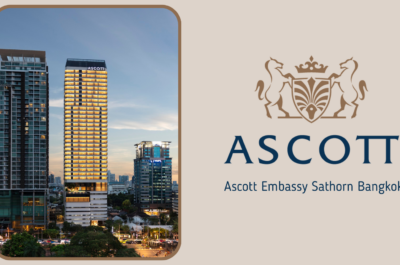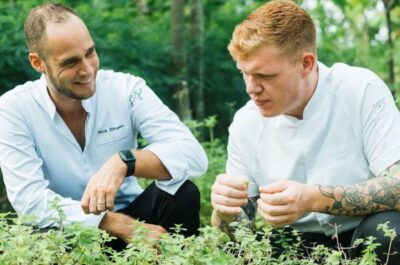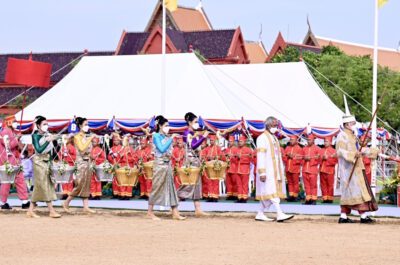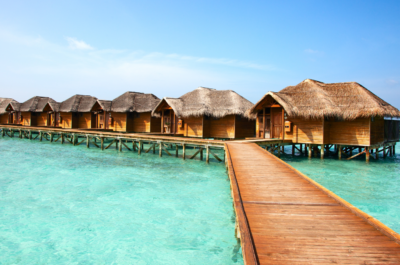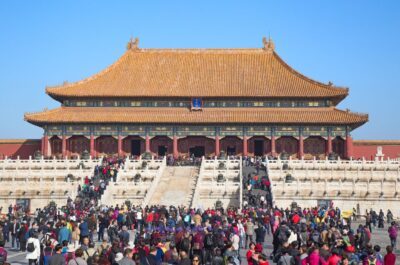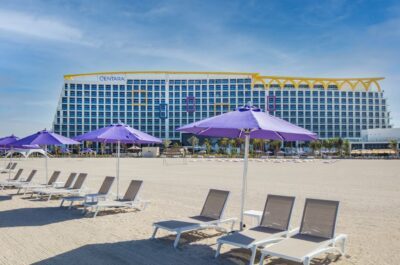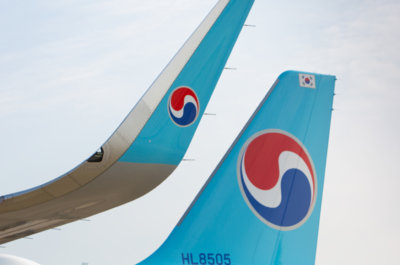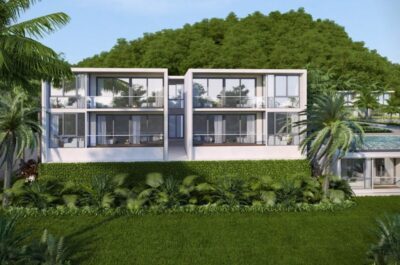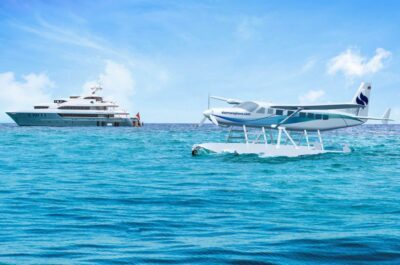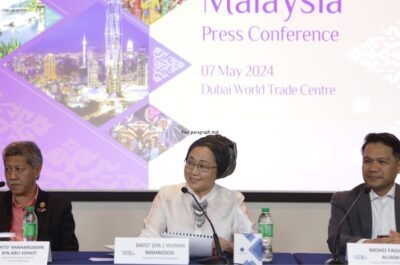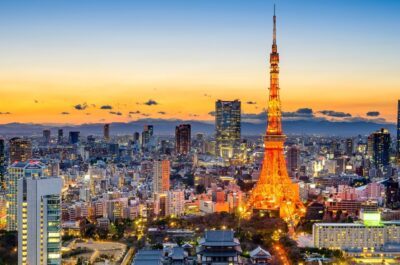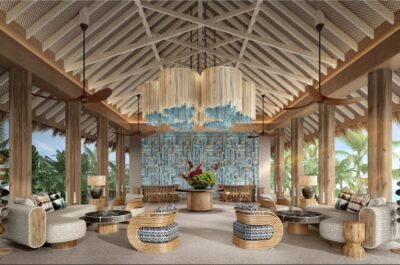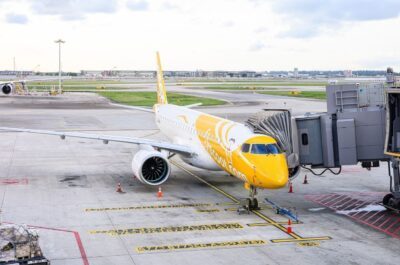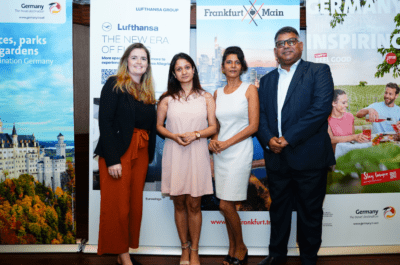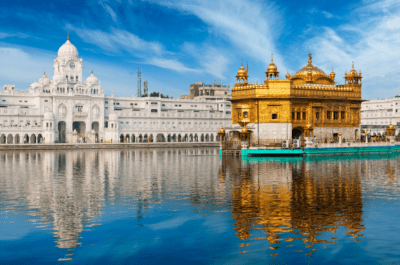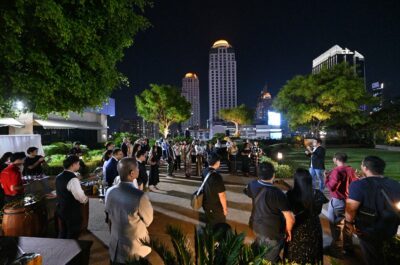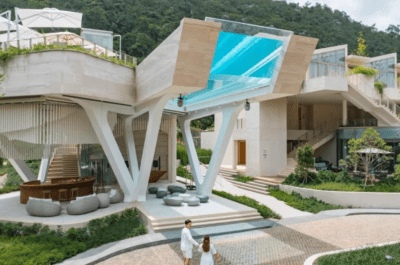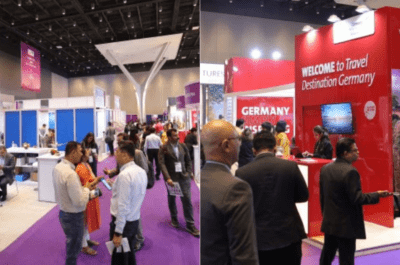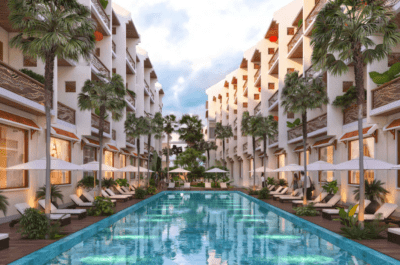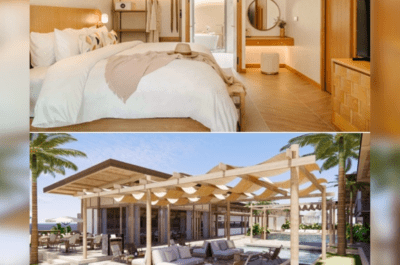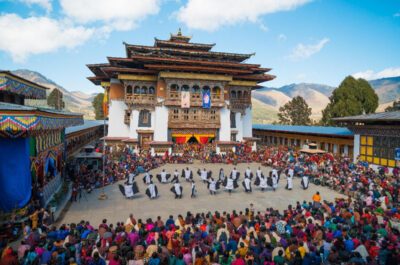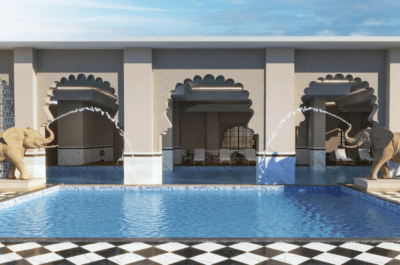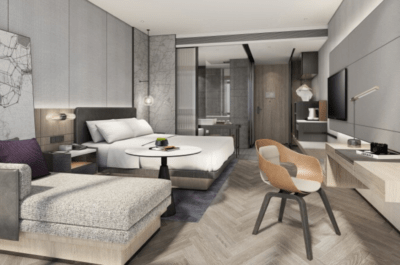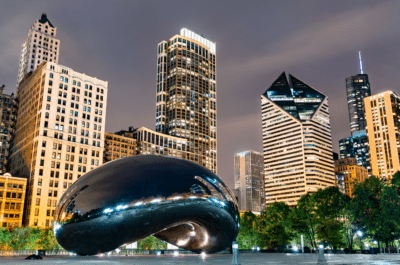Three generations of Brooke people shaped for hundred years Sarawak, by then a part of British Borneo. Today, East Malaysia State of Sarawak works with the Brooke Heritage Trust to revive the vestiges of the White Rajahs and create tourism circuits.
KUCHING- They dominated Sarawak for slightly over a century, from 1841 to 1946. The Brooke family, originally from England and installed in Borneo, became the rulers of the Kingdom of Sarawak, following the attribution of that land by Brunei Sultan. Called the White Rajahs, James then his nephew Charles and finally Vyner, Charles’ son ruled from 1841 to 1946 over a large territory mostly leased or annexed from Brunei, which comprises the current State of Sarawak in East Malaysia. In 1946, Vyner–who became White Rajah in 1917- retroceded the territory to the British Crown.
Also Malaysia after the independence, played down the importance of the three Rajahs, their legacy is evident in Kuching in the architectural heritage left in town. Kuching is today one of the few Malaysian cities left with a comprehensive European-style architecture. Brookes’ monuments and constructions in Kuching include the Astana, or Governor’s residence, the Sarawak Museum, the Old Courthouse, Fort Margherita, the Square Fort, the Post Office and the Brooke Memorial. Several key buildings from the Brooke period have been demolished, such as the offices and warehouses of the Borneo Company.
History is regaining favour in Malaysia and the regional government is now keener to preserve the Brooke’s legacy as it is seen as an important asset for tourism. The government works with the Brooke Heritage Trust, a non-profit charitable trust dedicated to the preservation of the heritage of Sarawak. The dilapidated Fort Alice (1864) at Sri Aman (formerly Simanggang) will be restored to its former glory with contributions from the Federal Government of Malaysia and the Sarawak State Government. The work is to be undertaken by Arkitek JFN with Trustee John Ting as Architectural history consultant on the project. In 1861, Rajah Charles Brooke built Fort Alice, deriving its name from that of his wife Margaret Alice. The Fort served as a defensive structure controlling the Lupar River, in a strategic hilltop position with cannons bearing down on any threats coming from up-river.
The Brooke Dockyard, which was founded in the period of Rajah Charles, is still in operation on Gambier Street in Kuching city centre. Also in a rather shabby state, Brooke Dockyard will be given a new lease of life as a State Maritime Heritage Museum, according to Sarawak Minister for Tourism and Heritage Datuk Amar Abang Zohari Tun Openg. The old Dockyard will be developed as part of a planned Heritage Trail in Kuching, linking the waterfront from the Grand Margherita Hotel to the Brooke Dockyard. The Dockyard celebrates its Centenary in 2012 at a ceremony to be held in May.
Another project is also underway with the reconstruction of James Brooke’s bungalow as part of a greater proposal to construct a ‘Wallace Trail’ at Bukit Peninjau. Wallace was a naturalist contemporary of Charles Darwin who stayed in Sarawak. The reconstruction will be done in partnership with the local community, and with the support of the Ministry of Tourism, Malaysia, the Sarawak Ministry of Tourism and Heritage. Built as a summer cooling retreat for James Brooke between 1848 and 1850 on the top of a hill, the wooden cottage was rented to Wallace for his scientific research. The rebuilt bungalow in its former aspect will be completed by early 2013.
The project is supported by Dato Sri Lord Cranbrook, a renowned biologist, who declared recently to the newspaper Borneo Post that the project would be vital because of Wallace’s work in Sarawak on evolution. “The theory revolutionised the biological sciences and has proven a robust framework for understanding the natural biodiversity of tropical South East Asia. Wallace developed this theory as a result of his experiences in Sarawak,” he was quoted.
“It is pleasing news that plans are in hand to restore the bungalow and to improve the footpath up Bukit Peninjau. When the work is completed, visitors will be able to share the excitement of the young Wallace as he experienced the richness of biodiversity and the hospitality of the multicultural people of Sarawak,” he added.
According to project consultant Rangen Sangum, the project will involve the construction of a tourist information centre, car park, access road, and Wallace Point and Brooke observation platform. The second phase of the development will involve the construction of a ceremonial house, longhouses, the Brooke Cottage and outdoor bath. Sarawak Tourism Board (STB) and Sarawak Economic Development Corporation (SEDC) would work together to promote Bung Muan, Bukit Peninjau as an attractive tourist destination with packages being created along the route taken by Wallace during his visit 160 years ago.
Luc Citrinot a French national is a freelance journalist and consultant in tourism and air transport with over 20 years experience. Based in Paris and Bangkok, he works for various travel and air transport trade publications in Europe and Asia.






